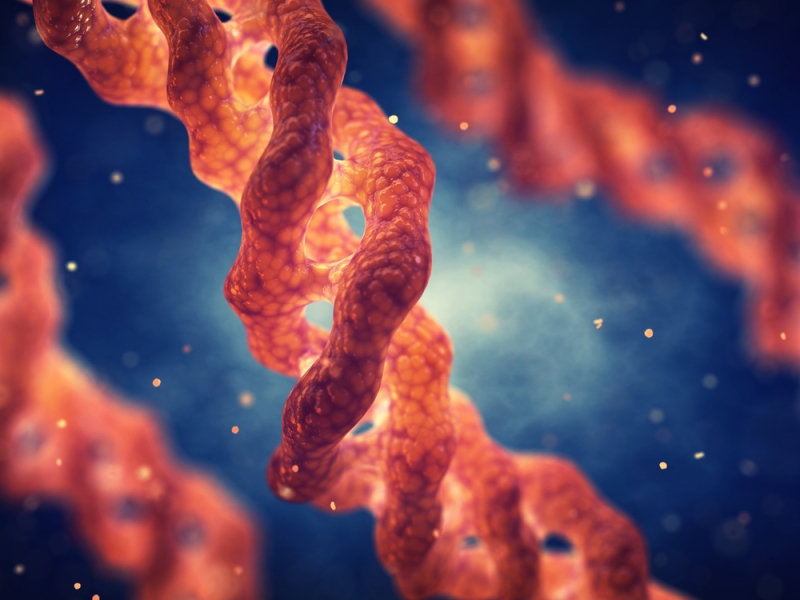Most people know proteins as a part of the diet, but the key players in your body have distinct functions that make them particularly interesting. Here you have 5 key points that you should know about proteins.
1: Needed in all living organisms
The functions of proteins are many and therefore, all living organisms need them for survival and normal growth. Due to the many functions, proteins are found in various shapes and forms. A specific structure allow for a specific function and a cell can have thousands of different proteins. Proteins are necessary for the structure and function of organs and tissues in the human body.
2: Key proteins
Most people might know the following molecules but might not know that they are proteins. 1) Antibodies, which detect foreign cells in the body, such as viruses and bacteria, and start the process of battling the threat against normal functioning in the body. 2) Enzymes needed for speeding-up all chemical reactions and thereby degrade, consume or build new molecules. 3) Hormones that coordinate biological processes, such as insulin that control the blood sugar level or oestrogen that develop the female sex organs and control the menstrual cycle. 4) Transport proteins that relocate molecules, e.g. haemoglobin that transport oxygen in the blood. 5) Structural components of cells that define the structure.
3: Consist of amino acids
Proteins are produced from the information found in genes that are made up of DNA. Even though proteins vary a lot in appearance and behaviour, they all share amino acids as the building blocks. Animals degrade proteins into amino acids and can then produce new proteins and other molecules. 9 out of the 20 amino acids are especially crucial to include in the diet, since they cannot be produced in the human body and are needed in protein production.
4: The amino acid order dictates the structure and function
The connection of amino acids one by one resembles the process of putting beads on a string. Eventually the amino acids fold into a specific 3D-structure, which depends on the sequence of amino acids. This is because each amino acid has unique chemical properties and the interaction between the properties results in specific folds and bends in the resulting protein. Therefore, the structure and function of a protein can be changed by removing, adding or changing a single amino acid.
5: How protein amount is determined
Proteins are large relative to other molecules in the body but are still very small and not visible to the naked eye or a microscope. However, there are today various methods that can measure the amino acid sequence, the weight and size of the protein and similar features. The mass spectrometry method is especially useful for these purposes and the form intact protein mass analysis is often applied. The user can analyse the specific protein and use the information to check the quality of a new drug, roll out new food products to the market or discover new proteins in a sample.
































No Comments
Leave a comment Cancel